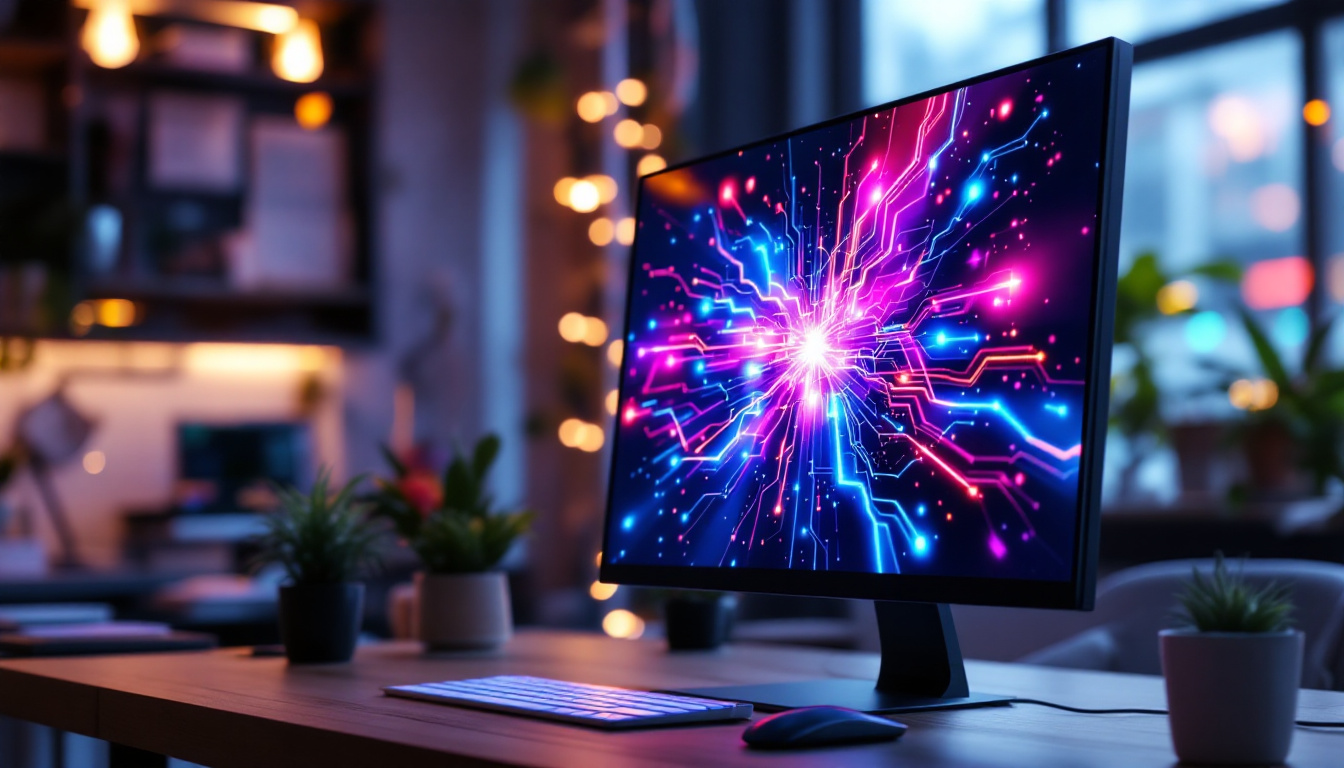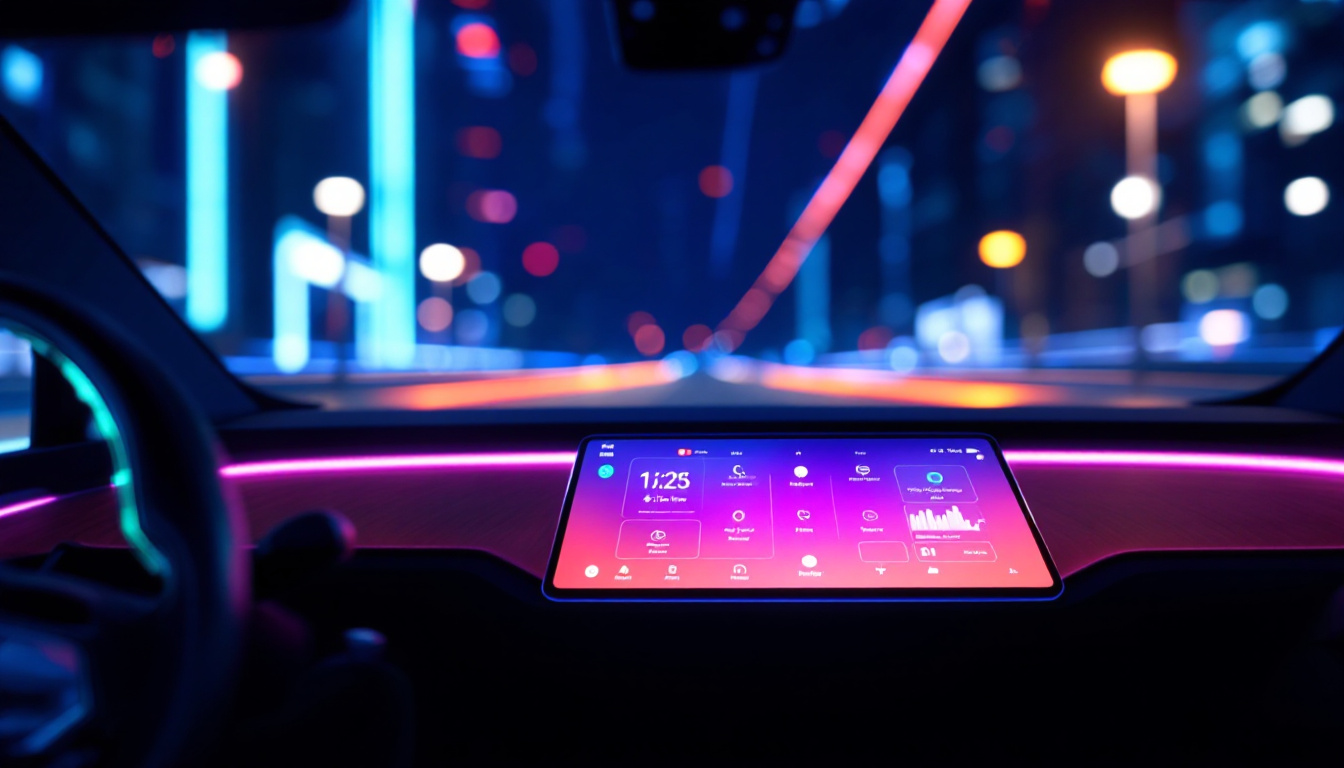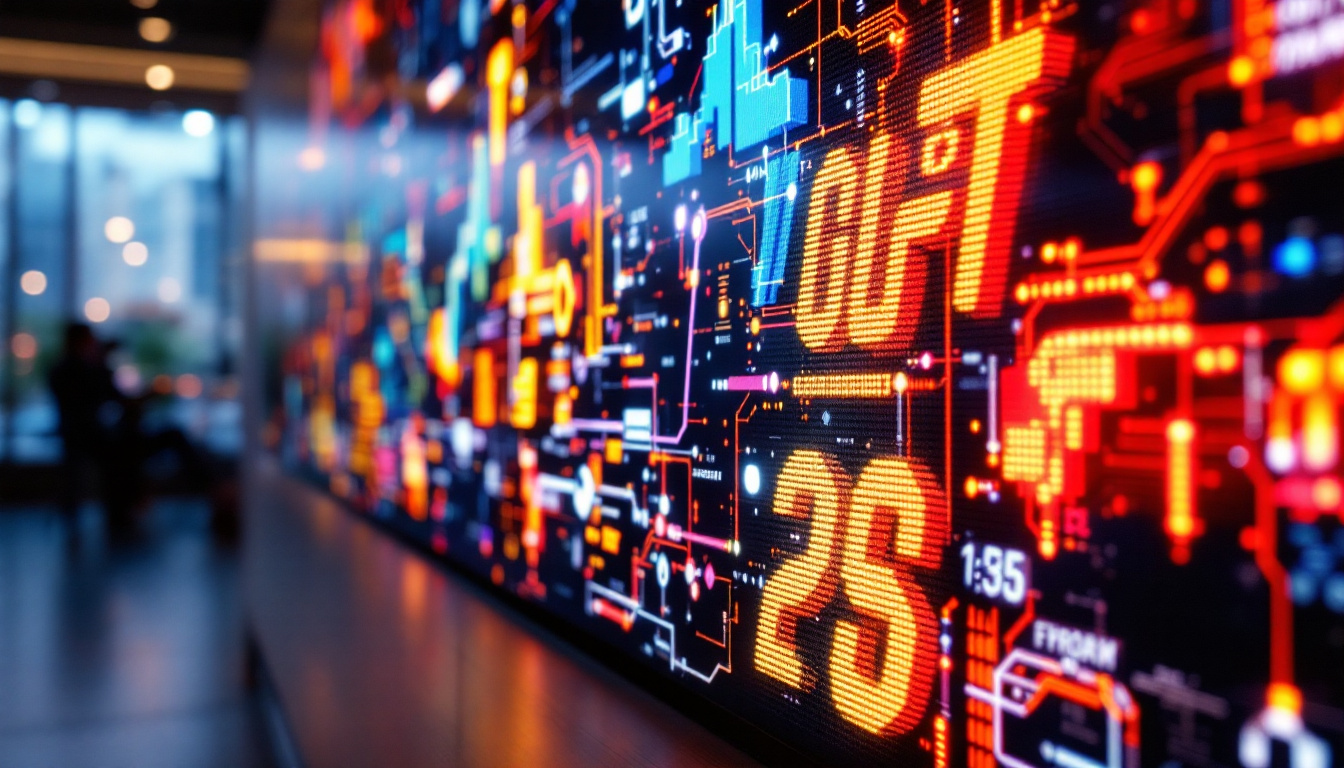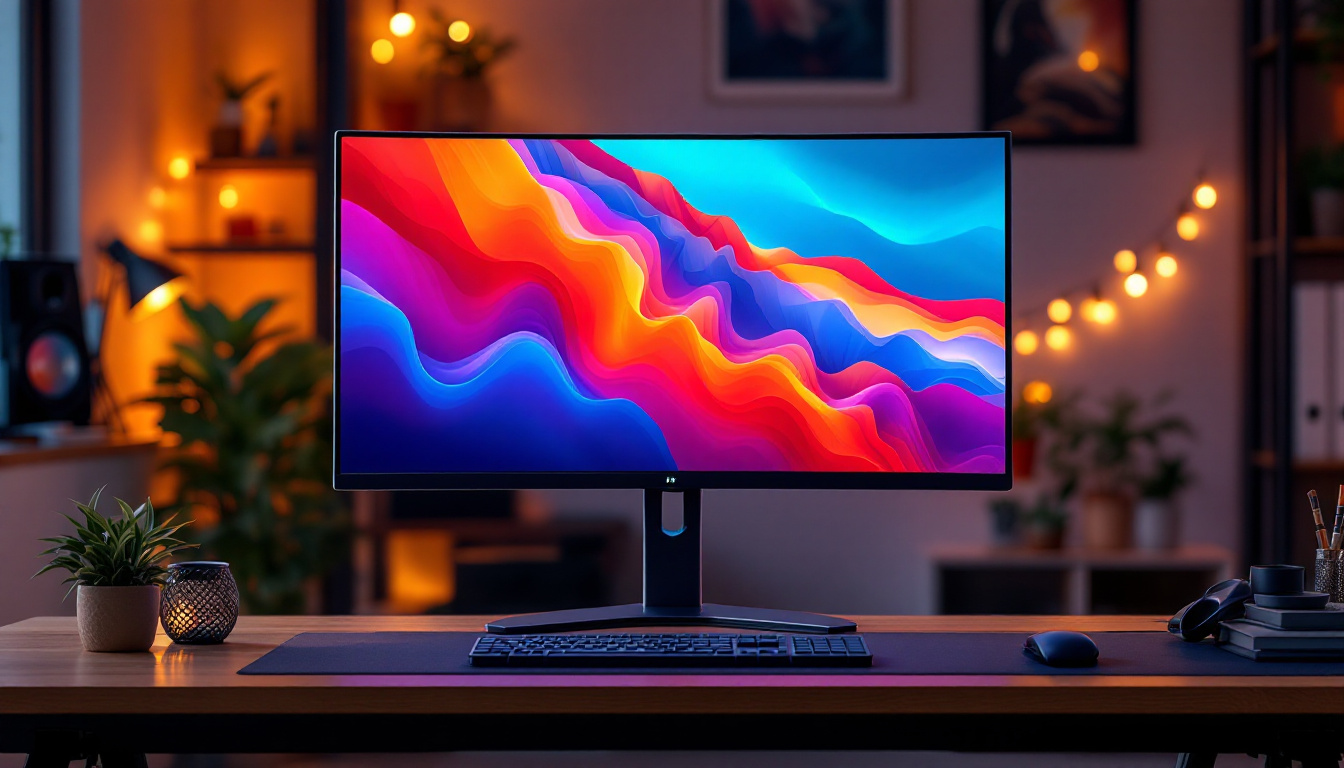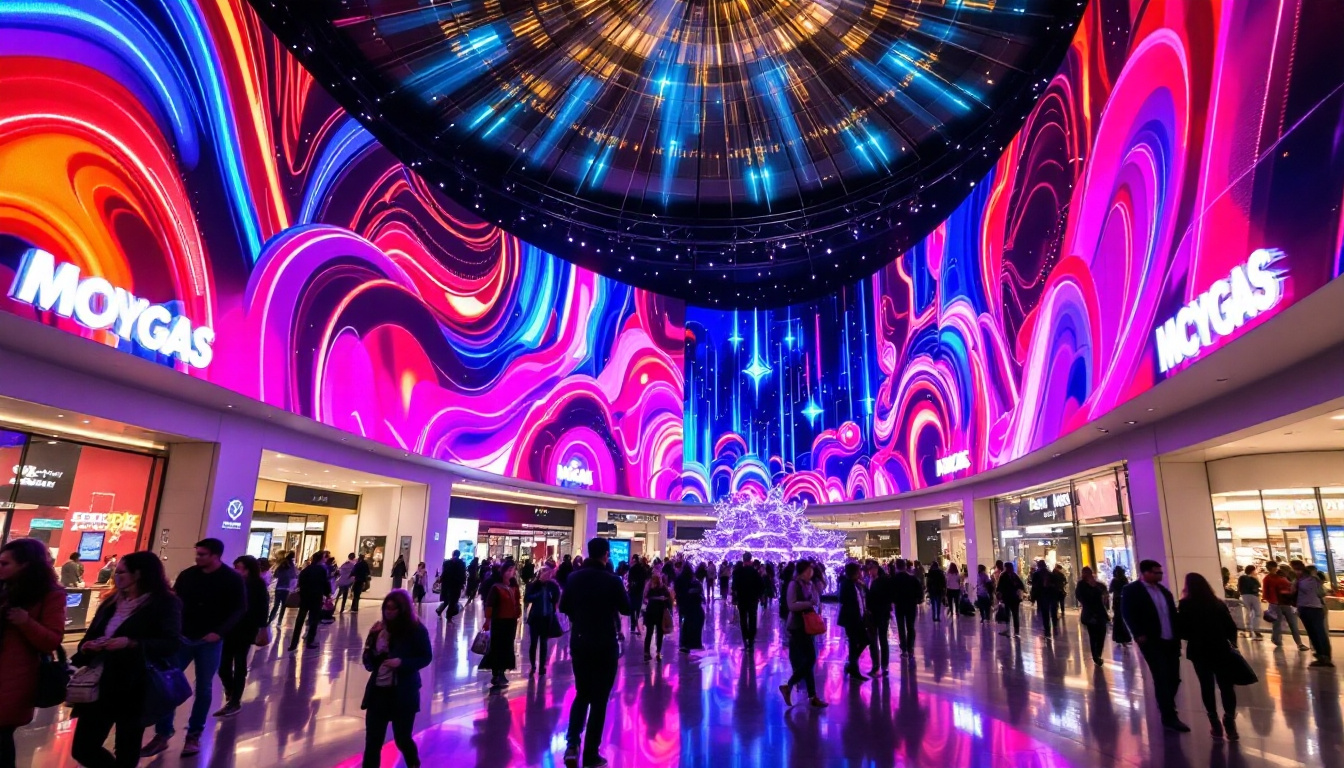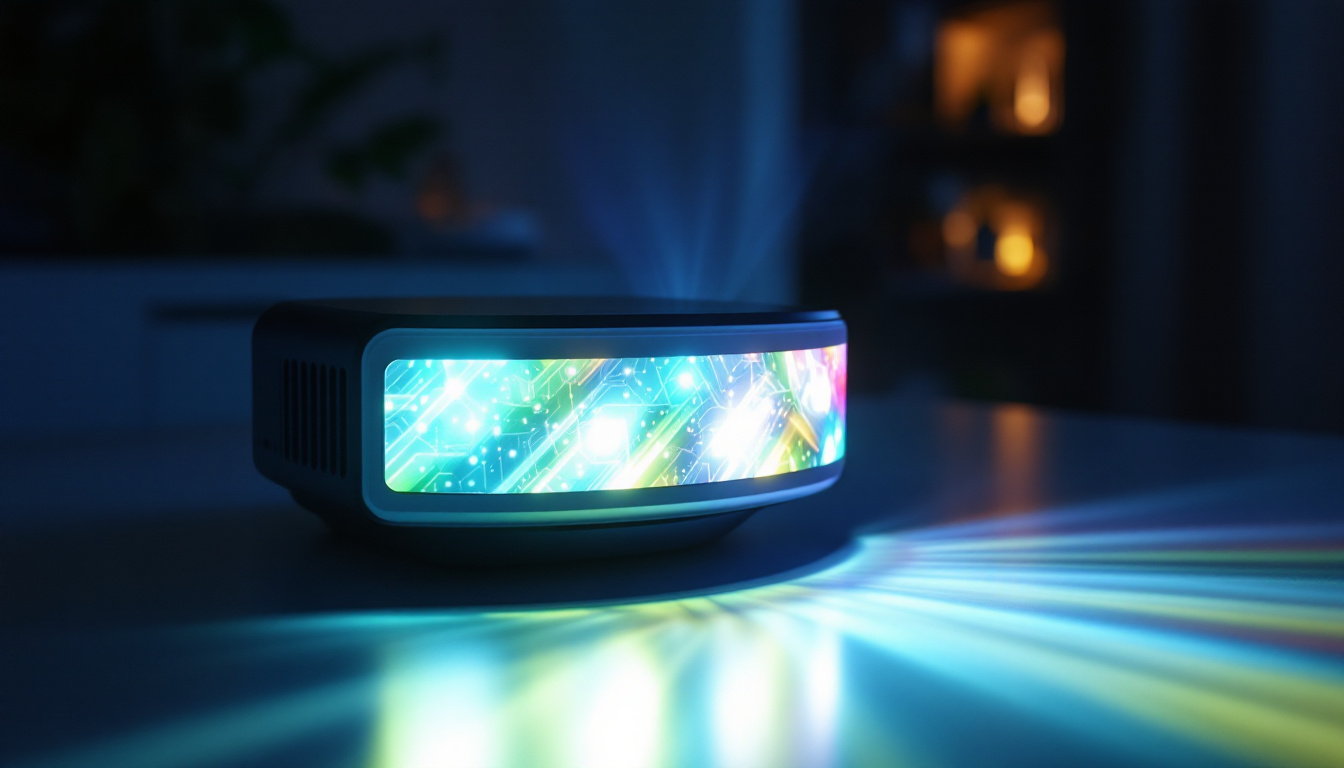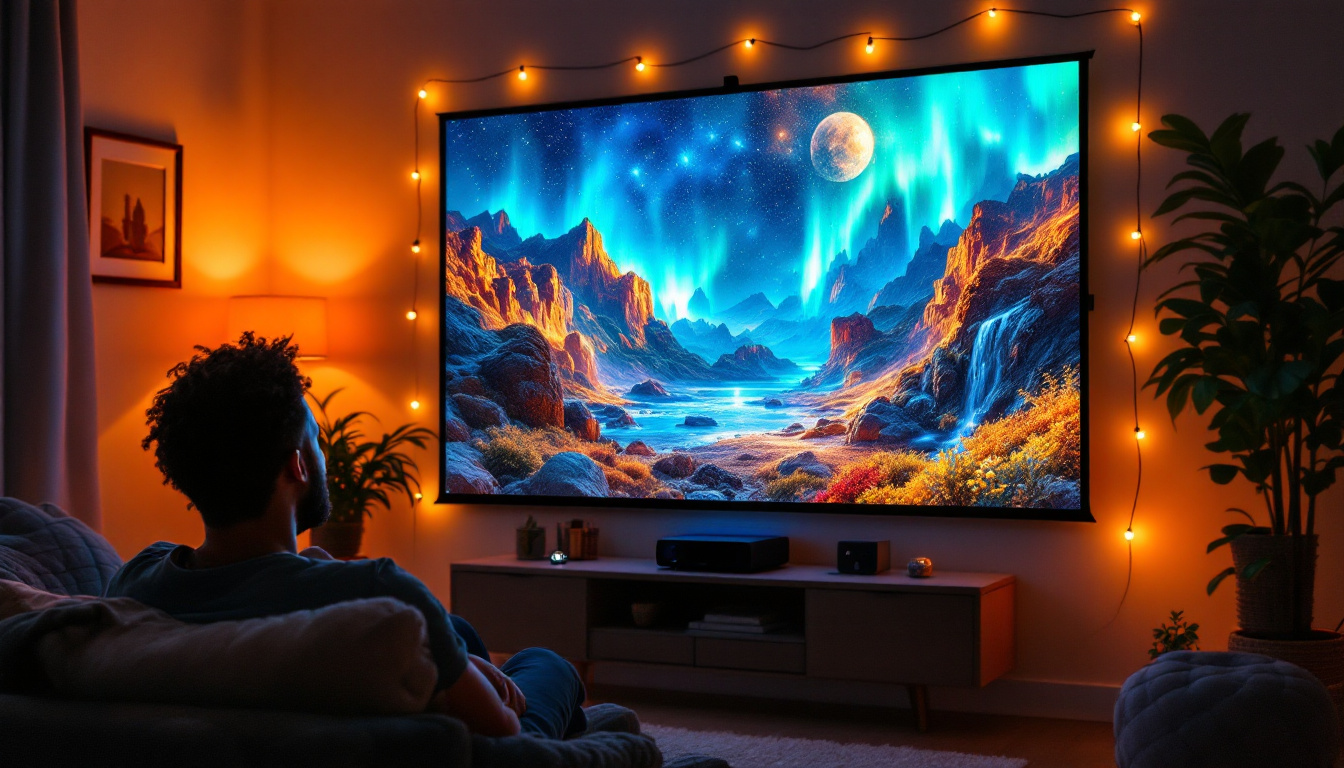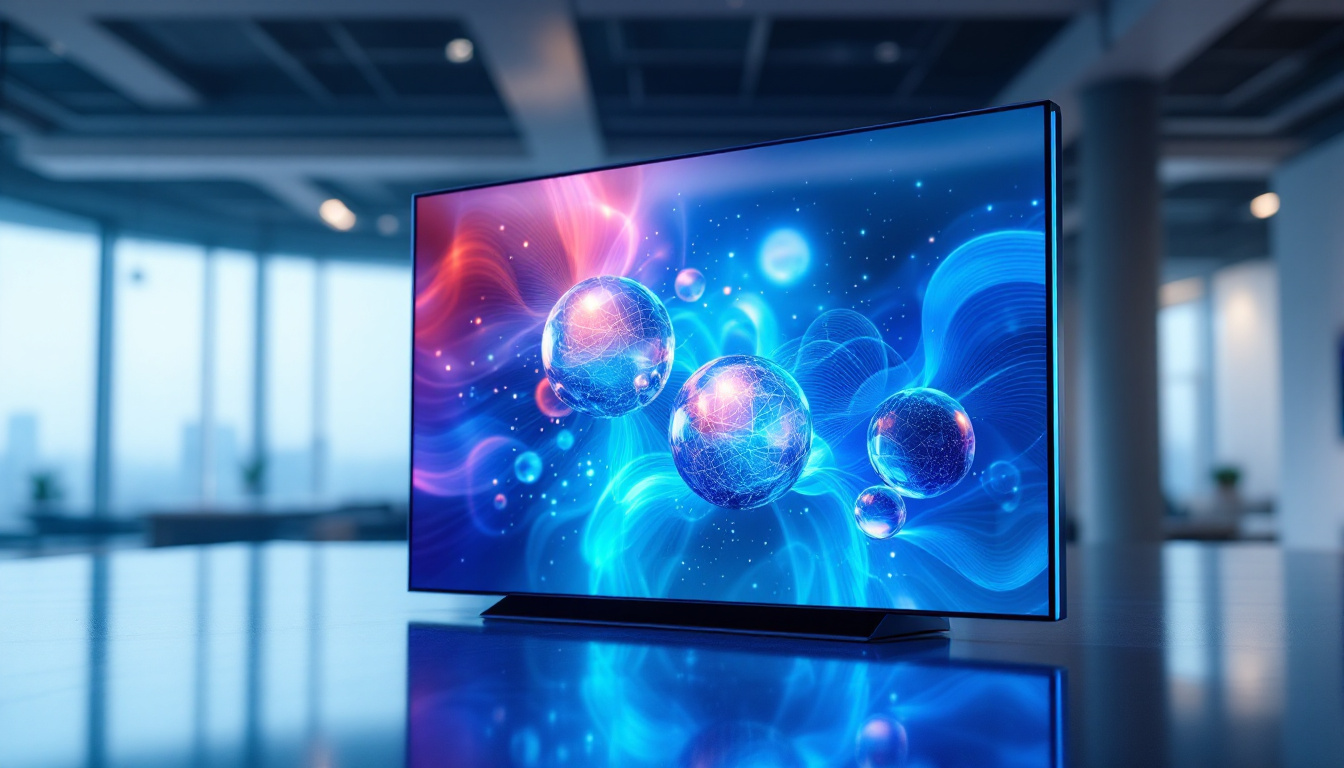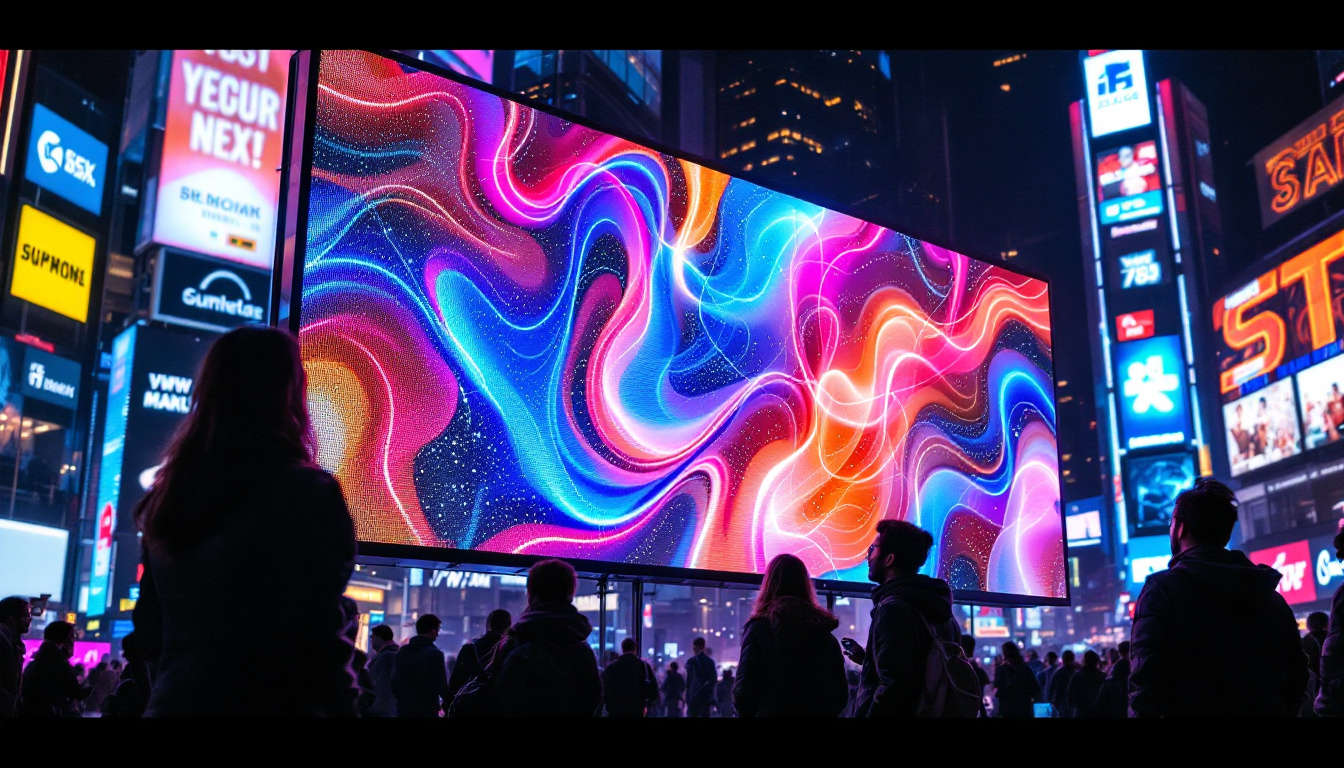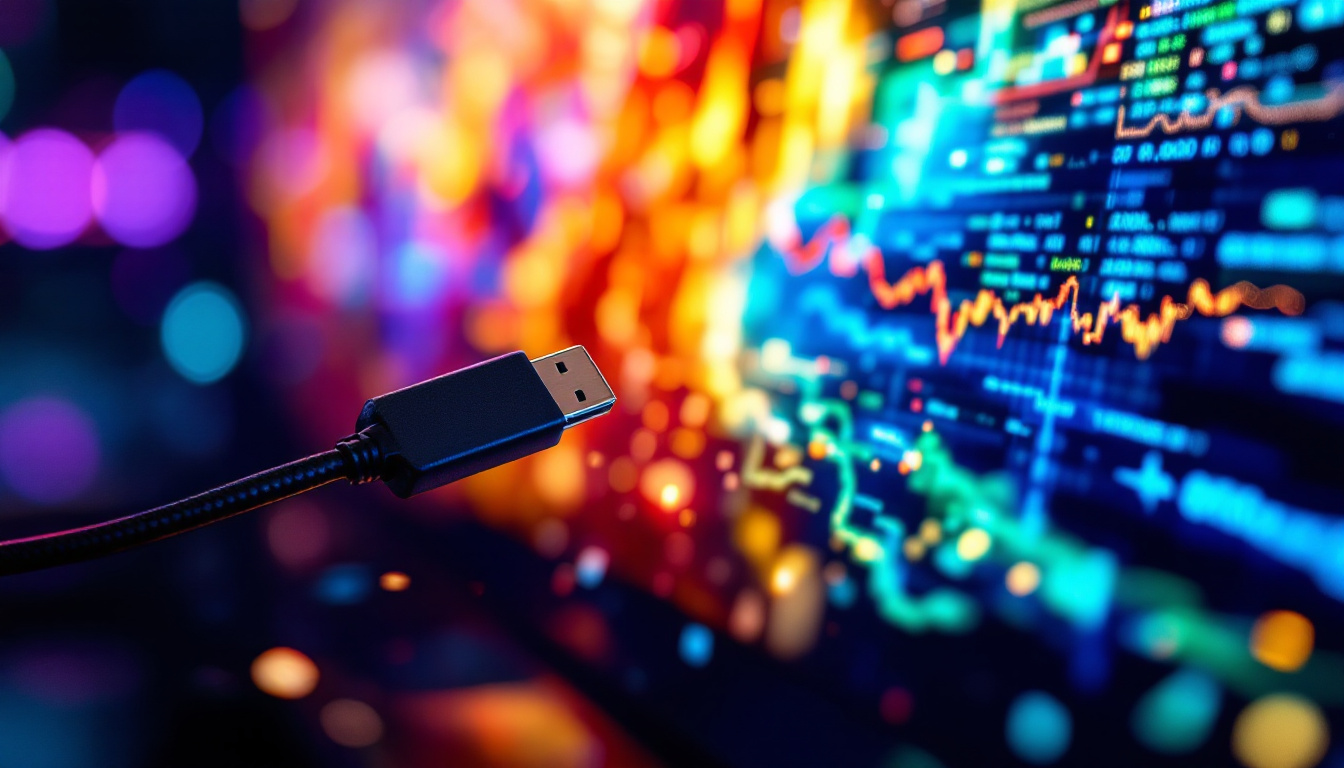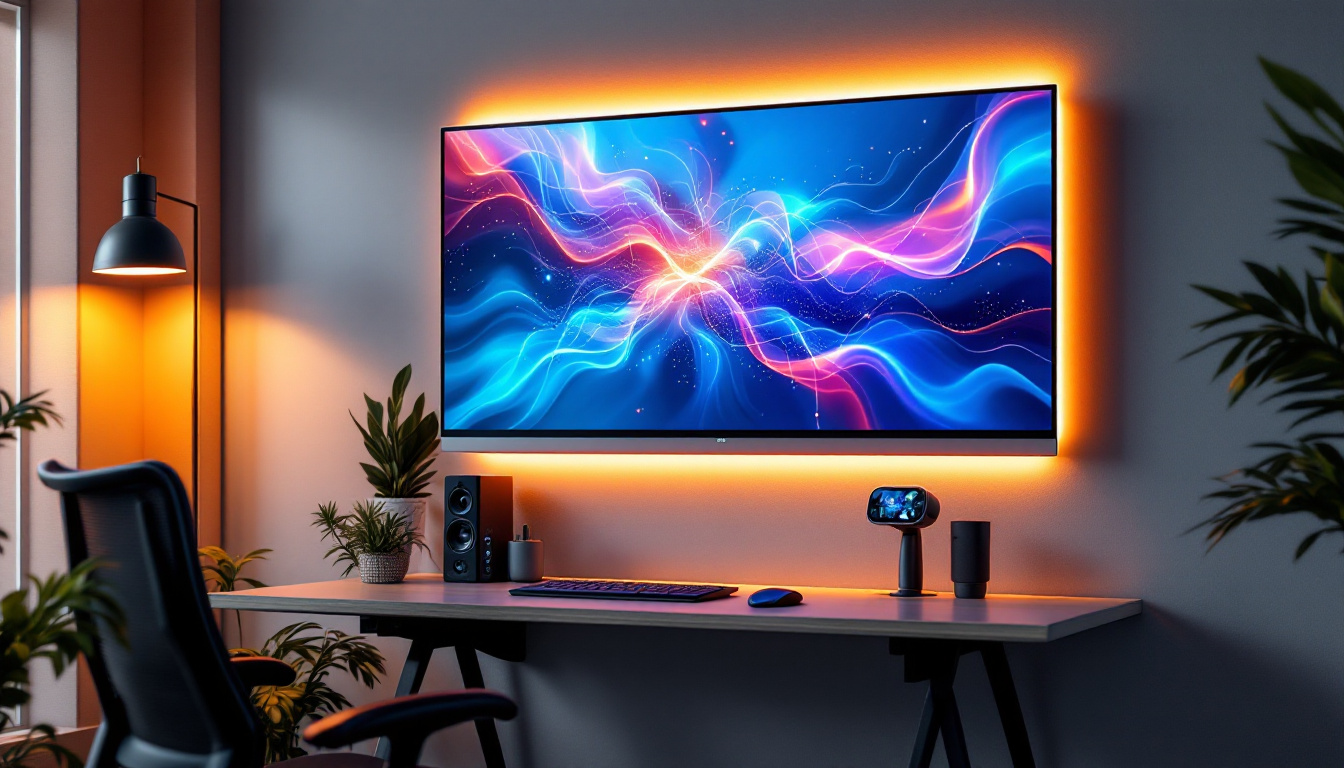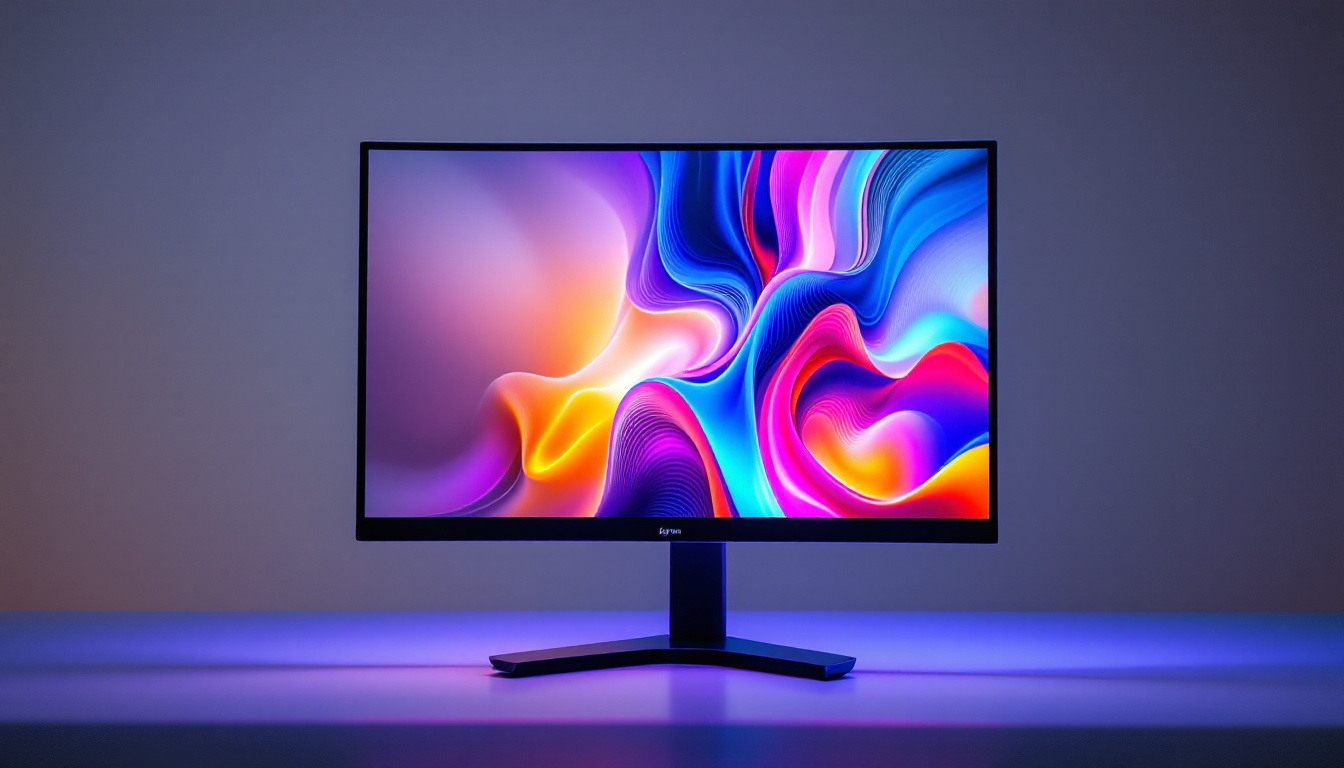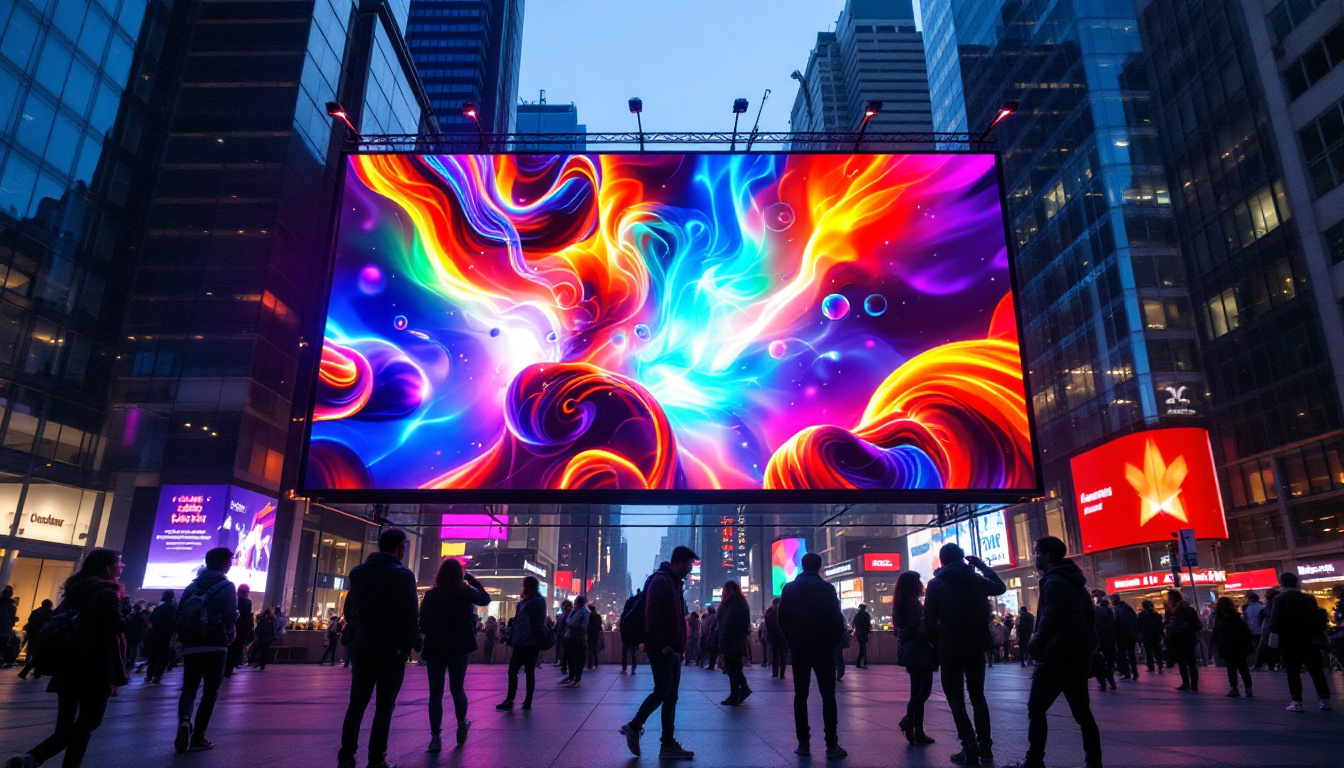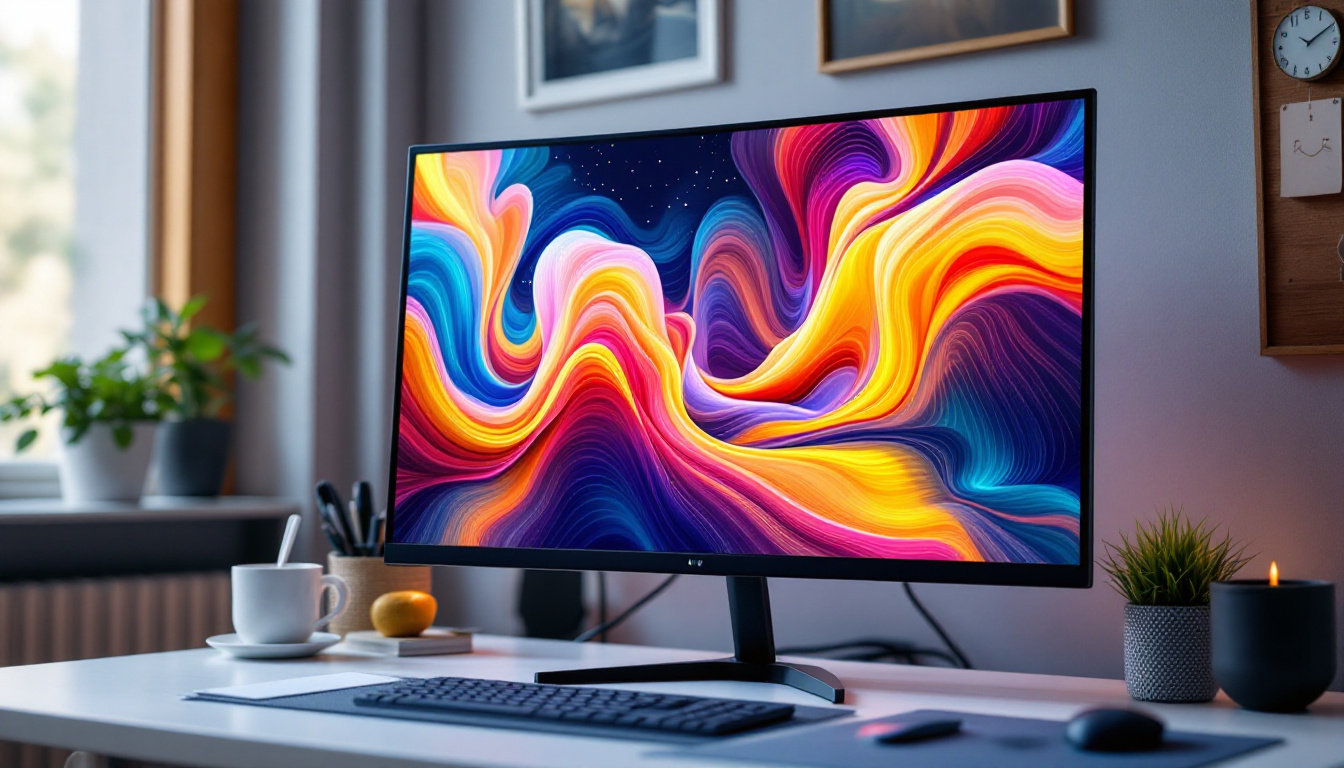In today’s digital age, touchscreen monitors have become an integral part of various industries, from retail to education and healthcare. Their intuitive interfaces and versatility make them a popular choice for both personal and professional use. This article delves into the intricacies of touchscreen monitors, particularly focusing on LED display technology, its advantages, and the various applications that benefit from this innovative technology.
Understanding Touchscreen Technology
Touchscreen technology has evolved significantly since its inception. At its core, a touchscreen monitor allows users to interact directly with what is displayed on the screen, eliminating the need for traditional input devices like a mouse or keyboard. This direct interaction creates a more engaging and efficient user experience.
Types of Touchscreen Technologies
There are several types of touchscreen technologies, each with its own unique features and benefits. The most common types include resistive, capacitive, and infrared touchscreens. Understanding these differences is crucial for selecting the right touchscreen for specific applications.
Resistive touchscreens consist of two flexible layers separated by a small gap. When pressure is applied to the top layer, it makes contact with the bottom layer, registering a touch. This technology is cost-effective and works well with gloved hands or styluses, making it suitable for industrial applications. Additionally, resistive touchscreens are often more durable in harsh environments, as they are less susceptible to damage from dust and moisture.
Capacitive touchscreens, on the other hand, use the electrical properties of the human body to detect touch. They are more sensitive and provide a smoother user experience, making them ideal for smartphones and tablets. However, they require direct skin contact, which can limit their use in certain environments. Capacitive screens can also support multi-touch gestures, allowing users to perform actions such as pinch-to-zoom, which enhances the interactivity of applications.
The Role of LED Displays
LED (Light Emitting Diode) displays have gained immense popularity in recent years due to their energy efficiency, vibrant colors, and long lifespan. Unlike traditional LCD screens that use fluorescent backlighting, LED displays utilize an array of tiny diodes to produce light, resulting in brighter images and deeper blacks. This technology not only improves the overall picture quality but also reduces energy consumption, making it an environmentally friendly choice.
Incorporating LED technology into touchscreen monitors enhances the overall visual experience. The combination of touch sensitivity and high-quality visuals makes LED touchscreen monitors ideal for various applications, including digital signage, interactive kiosks, and gaming. Furthermore, the lightweight and slim design of LED displays allows for more versatile installation options, whether mounted on walls or used in portable devices. As a result, businesses can create eye-catching displays that attract customers and provide seamless interaction, ultimately leading to improved engagement and satisfaction.
Advantages of LED Touchscreen Monitors
LED touchscreen monitors offer numerous advantages that contribute to their growing popularity across different sectors. Understanding these benefits can help businesses and consumers make informed decisions when selecting a touchscreen monitor.
Energy Efficiency
One of the most significant advantages of LED displays is their energy efficiency. They consume less power compared to traditional LCD screens, which can lead to substantial cost savings over time. This is particularly beneficial for businesses that operate large numbers of monitors, such as retail stores or exhibition centers.
Additionally, the lower energy consumption of LED displays contributes to a reduced carbon footprint, aligning with the growing demand for environmentally friendly technology. As sustainability becomes increasingly important, LED touchscreen monitors offer a viable solution for eco-conscious consumers and businesses. This energy efficiency is not only a financial boon but also resonates with consumers who prioritize green practices, making it a selling point in marketing strategies.
Enhanced Visual Quality
LED displays are known for their superior visual quality. They produce brighter images with more vibrant colors, making them ideal for applications that require high-definition visuals. Whether it’s displaying intricate graphics in a design studio or showcasing products in a retail environment, LED touchscreen monitors deliver stunning clarity and detail.
Moreover, LED technology allows for better contrast ratios, resulting in deeper blacks and brighter whites. This enhanced visual quality not only improves the user experience but also makes content more engaging and appealing to viewers. In educational settings, for instance, the clarity of LED displays can facilitate better learning by allowing students to see detailed diagrams and presentations without strain. The immersive experience provided by these monitors can transform how information is consumed, making it more interactive and memorable.
Durability and Longevity
Another advantage of LED touchscreen monitors is their durability. LED technology is less susceptible to damage from impact or environmental factors compared to traditional displays. This makes them suitable for high-traffic areas or harsh environments, such as factories or outdoor kiosks.
Furthermore, LED displays have a longer lifespan than their LCD counterparts. With proper care and maintenance, an LED touchscreen monitor can last for many years, providing a reliable and cost-effective solution for businesses and consumers alike. The robust nature of these monitors means they can withstand the rigors of daily use, reducing the need for frequent replacements. This longevity also translates into less electronic waste, further appealing to environmentally conscious users. In industries where uptime is critical, such as healthcare or transportation, the reliability of LED touchscreen monitors can significantly enhance operational efficiency, ensuring that vital information is always accessible and visible.
Applications of Touchscreen Monitors with LED Displays
The versatility of touchscreen monitors with LED displays allows them to be utilized in a wide range of applications. From interactive learning environments to customer engagement in retail, the possibilities are endless.
Retail and Point of Sale
In the retail sector, touchscreen monitors have transformed the shopping experience. Interactive displays allow customers to browse products, check prices, and access promotions at their fingertips. This not only enhances customer engagement but also streamlines the purchasing process.
Point of Sale (POS) systems equipped with touchscreen monitors enable cashiers to process transactions quickly and efficiently. The intuitive interface reduces training time for staff and minimizes errors during checkout, ultimately improving customer satisfaction.
Education and Training
Touchscreen monitors have also made significant strides in educational settings. interactive whiteboards and displays allow teachers to present lessons in a dynamic and engaging manner. Students can participate in discussions, collaborate on projects, and access digital resources directly from the screen.
Additionally, touchscreen technology facilitates remote learning by enabling virtual classrooms. Students can interact with their instructors and peers in real-time, making education more accessible and flexible.
Healthcare and Medical Applications
In the healthcare sector, touchscreen monitors play a crucial role in improving patient care and operational efficiency. Medical professionals can access patient records, view diagnostic images, and input data directly on the screen, streamlining workflows and enhancing communication.
Moreover, interactive displays in waiting rooms can provide patients with educational content, entertainment, or information about their appointments, improving the overall patient experience.
Choosing the Right Touchscreen Monitor
With various options available in the market, selecting the right touchscreen monitor can be a daunting task. Several factors should be considered to ensure the chosen monitor meets specific needs and requirements.
Screen Size and Resolution
The screen size and resolution are critical factors to consider when choosing a touchscreen monitor. Larger screens with higher resolutions provide better visibility and detail, making them ideal for applications that require extensive visual content.
However, the appropriate size also depends on the intended use. For instance, a smaller screen may suffice for a POS system, while a larger display may be necessary for interactive presentations in a classroom setting.
Touch Technology
As previously mentioned, different touchscreen technologies offer varying levels of sensitivity and usability. It is essential to choose a monitor that aligns with the intended application. For example, a capacitive touchscreen may be preferable for consumer-facing applications, while a resistive touchscreen may be more suitable for industrial settings.
Connectivity Options
Connectivity options are another important consideration. Ensure that the touchscreen monitor supports the necessary ports and wireless capabilities to integrate seamlessly with existing systems. HDMI, USB, and VGA are common connections, while wireless options like Wi-Fi and Bluetooth can enhance flexibility and convenience.
Future Trends in Touchscreen Technology
The landscape of touchscreen technology is continually evolving, with advancements that promise to enhance user experience and functionality. Keeping an eye on emerging trends can help businesses and consumers stay ahead of the curve.
Advancements in Touch Sensitivity
Future developments in touch sensitivity are expected to improve the responsiveness and accuracy of touchscreen monitors. Innovations such as multi-touch capabilities and pressure sensitivity will allow for more nuanced interactions, enabling users to perform complex tasks with ease.
These advancements can significantly enhance creative applications, such as graphic design and digital art, where precision and control are paramount.
Integration with Augmented Reality (AR)
As augmented reality technology continues to gain traction, the integration of AR with touchscreen monitors is anticipated to create immersive experiences. Users will be able to interact with digital content overlaid on the physical world, opening new possibilities for education, training, and entertainment.
This fusion of technologies can revolutionize how information is presented and consumed, making learning and engagement more interactive and impactful.
Increased Focus on Security
With the rise of touchscreen technology comes the need for enhanced security measures. As more sensitive data is accessed and processed through touchscreen monitors, manufacturers are likely to prioritize security features, such as biometric authentication and encrypted connections.
These advancements will not only protect user data but also instill confidence in businesses and consumers, encouraging the adoption of touchscreen technology in more sensitive environments.
Conclusion
Touchscreen monitors with LED displays represent a significant advancement in technology, offering numerous benefits across various applications. Their energy efficiency, enhanced visual quality, and durability make them an attractive choice for businesses and consumers alike.
As touchscreen technology continues to evolve, staying informed about the latest trends and advancements will be essential for making informed decisions. Whether in retail, education, healthcare, or other sectors, touchscreen monitors are poised to play a crucial role in shaping the future of human-computer interaction.
In summary, understanding the intricacies of touchscreen monitors and LED display technology can empower users to leverage these tools effectively, ultimately enhancing productivity, engagement, and satisfaction in various environments.
Discover LumenMatrix’s Innovative LED Display Solutions
Ready to elevate your interactive experiences with the latest in LED display technology? Look no further than LumenMatrix, a pioneer in crafting visually stunning LED display modules tailored for a multitude of applications. From captivating Indoor and Outdoor LED Wall Displays to dynamic Vehicle and Sports LED Displays, our solutions are designed to make your brand shine. Embrace the future of visual communication with our All-in-One LED Displays, LED Transparent Displays, and more. Check out LumenMatrix LED Display Solutions today and transform how you connect with your audience.

